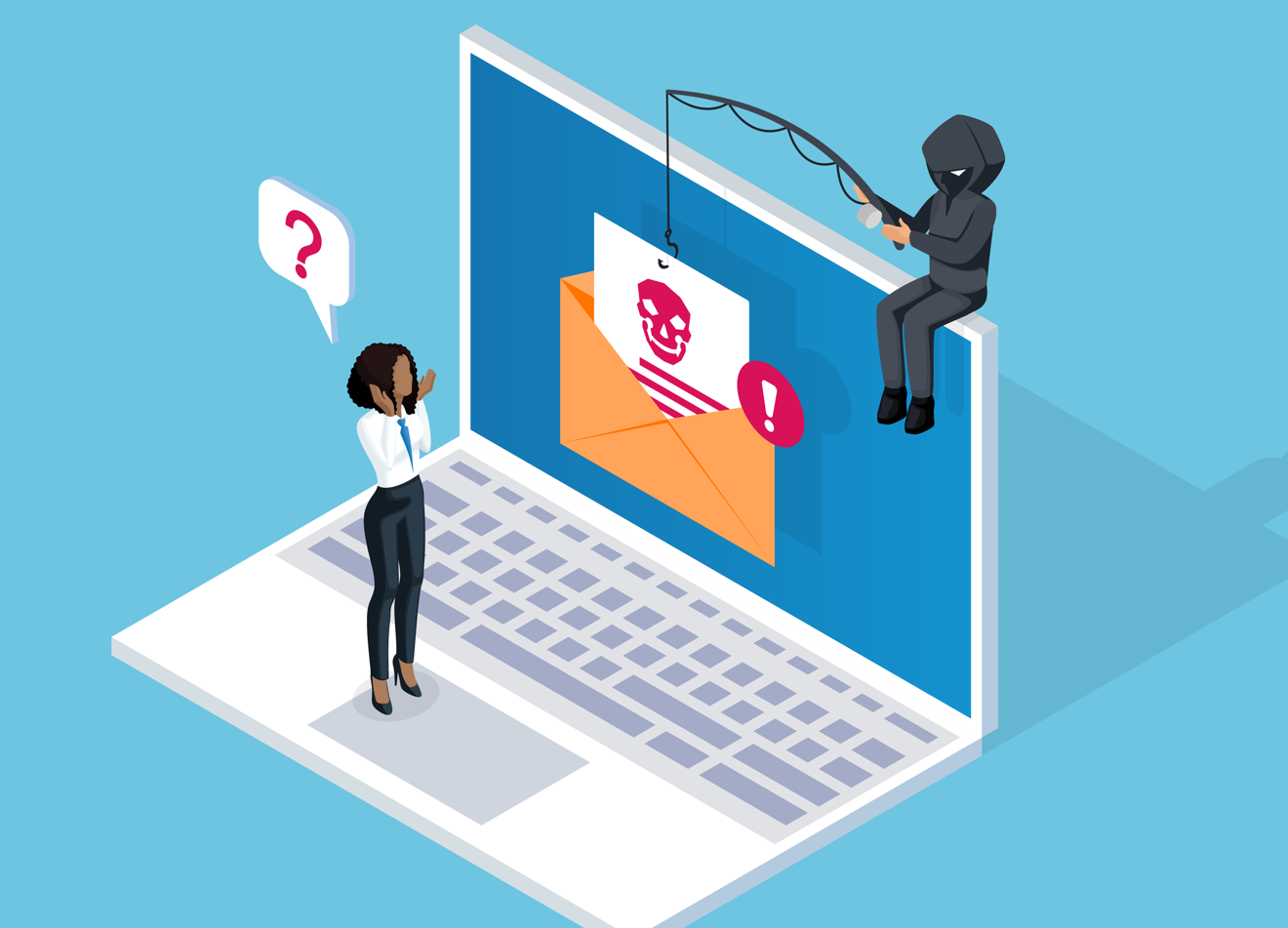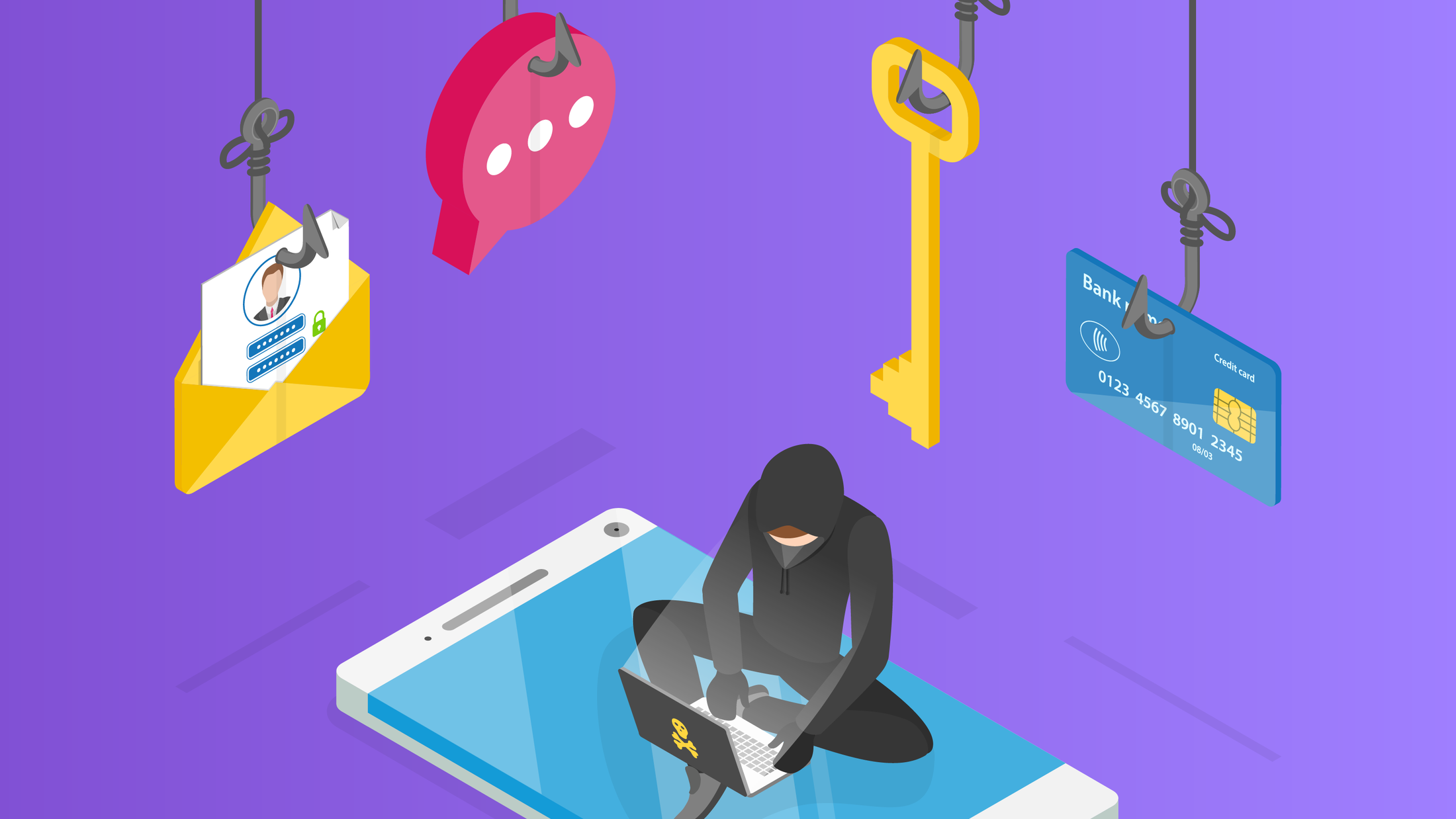In recent weeks the retail sector has come under renewed pressure, with a wave of high-profile cyber attacks making headlines. We’ve seen several major brands suffer serious breaches, resulting in the theft of customer data, compromised systems and significant reputational fallout. In a competitive market where trust is everything, there’s no doubt these incidents risk pushing customers to take their business elsewhere.
Not that it’s time to panic. The techniques used in these attacks aren’t unfamiliar; they represent a tactical evolution, with cybercriminals using familiar methodologies to tailor attacks for specific industry sectors. This presents a window of opportunity for businesses to strengthen their cyber security and stay ahead of the curve. Here are five key lessons from the current wave of retail breaches, and what they mean for brokers and businesses alike.
-
High-profile retailers are in the spotlight, but every business—big and small— needs to be ready
The wave of cyber attacks on major retailers has sparked widespread attention—and understandably so. These are recognizable brands. When customer data is compromised, the headlines follow. But while the industry focus might feel new, the attack methods are less so. In most cases, we’re seeing familiar social engineering tactics: cybercriminals targeting employees through phishing or impersonation, gaining a foothold and quietly escalating access until a full breach occurs. It’s a well-established pattern we’ve witnessed across countless sectors; the spotlight has simply shifted to retail.
When big-name breaches hit the news, it can be tempting to use those stories in client conversations. But for many SMEs, the scale and complexity of a global retailer feels far removed from their own world. And while retail is front and center today, we know from experience that attackers shift focus rapidly. Other sectors will undoubtedly face the same pressures. The key isn’t to focus on who was breached, but how. Because the tactics being used against multinational retailers are the very same ones that threaten every business, regardless of size or industry.
-
Business interruption is where the biggest cost lies
If the recent retail attacks have made one thing painfully clear, it’s the financial toll of business interruption. Businesses have been left unable to operate fully, impacting revenue generation and often creating a long, costly road to recovery. That can include digital forensics to determine the root cause of the attack and discover what data was accessed, legal services to assess the notification implications to comply with applicable legislation, and—if data was compromised —restoration and recovery to get back up operationally. It’s a process that’s not only expensive, but time-sensitive and reputation-critical. Use our ransomware calculator to see how much an incident could set your business back.
The good news is these are exactly the kinds of costs a comprehensive cyber insurance policy is designed to cover. For any business reliant on continuous operations, particularly those in fast-moving, highly competitive sectors like retail, even short periods of downtime can lead to lost customers and long-term reputational harm. A strong notification process, handled quickly and correctly, can make all the difference. With CFC, that support is built in.
-
Your cyber security is only as strong as your dependencies
When a large organization suffers a cyber attack, the consequences rarely stop at their own doorstep. Many smaller businesses such as suppliers, logistics partners and third-party vendors can find themselves caught in the fallout. For example, if a retailer experiences downtime, it may be unable to order stock and make payments. A small supplier may not have been directly targeted, but the collateral damage on its revenue and reputation can be profound.
That’s why it’s critical to remember that cyber risk isn’t confined to your own four walls. Even if a business has strong security controls in place, they remain vulnerable through their supply chain and third-party network. That’s where a comprehensive cyber policy becomes invaluable. The right policy will cover not just your own systems, but also key dependencies—ensuring clients aren’t left exposed when incidents happen elsewhere.
-
Human error still drives most cyber attacks
According to our claims data, around 75% of cyber claims are triggered by mistakes made by people, not machines. The retail attacks show this all too clearly, but it’s not just a retail issue.
Small businesses across industries are often vulnerable to these kinds of social engineering tactics, since few have the resources to implement strong security controls, be it multi-factor authentication or employee training and awareness. And because smaller businesses frequently rely on a patchwork of third-party vendors to keep things running, the opportunities for attackers to slip through the cracks multiply. Add in the high volume of wire transfers typically used, it’s easy to see why these businesses are such attractive targets.
-
A proactive approach to cyber resiliency is vital to staying ahead
It takes constant vigilance to navigate today’s threat landscape. Often, threat actors don’t just strike out of the blue; they spend weeks or months inside a network, quietly observing, waiting for the perfect moment to launch an attack. A security operations center (SOC), designed to continuously ingest threat intelligence and spot attacks before the worst happens, is vital to uncovering that kind of activity. But for most SMEs, building and operating an SOC—or in many cases even having an internal IT department—is simply not feasible or realistic.
The right cyber insurance provider can provide these services for you. With CFC, our policyholders benefit from vulnerability scanning, proactive monitoring and our global threat intelligence network—key to discovering threats before they turn into breaches. So small businesses without an existing security team have an enterprise-grade global security team at their fingertips, with the Response app their end-to-end solution.
Even for larger organizations with their own security teams, cyber insurance still adds serious value. We can plug into their existing operations, feeding in threat intelligence gathered from across our global portfolio. That means they’re not just relying on what’s happening inside their own perimeter; they’re getting insights shaped by one of the widest threat landscapes in the market.
Helping businesses prepare for what’s next
Now is the time for businesses to take stock of their cyber risk—regardless of industry. Retail may be in the headlines today, but cybercriminals are constantly scanning for the next vulnerable point, and no industry is off-limits. These incidents are a timely reminder to reassess your cyber exposure and make informed decisions about cyber resilience.
Cyber consistently ranks among the top three business risks, yet many organizations still see it as a choice: invest in cyber security or buy insurance. With CFC, that’s a false dichotomy. Our policyholders benefit from services that help prevent incidents from happening, such as vulnerability scanning and continuous threat monitoring. If an incident does occur, our incident response and claims team will help minimize impact and get you back up and running, fast. And with a claims acceptance rate of over 99%, clients can trust that if something goes wrong, they’re covered when it matters most.
Learn more about cyber threats, how businesses can safeguard against risk and the key role insurance has to play in our free, on-demand video learning series. Sign up to Cyber Masterclass here.



